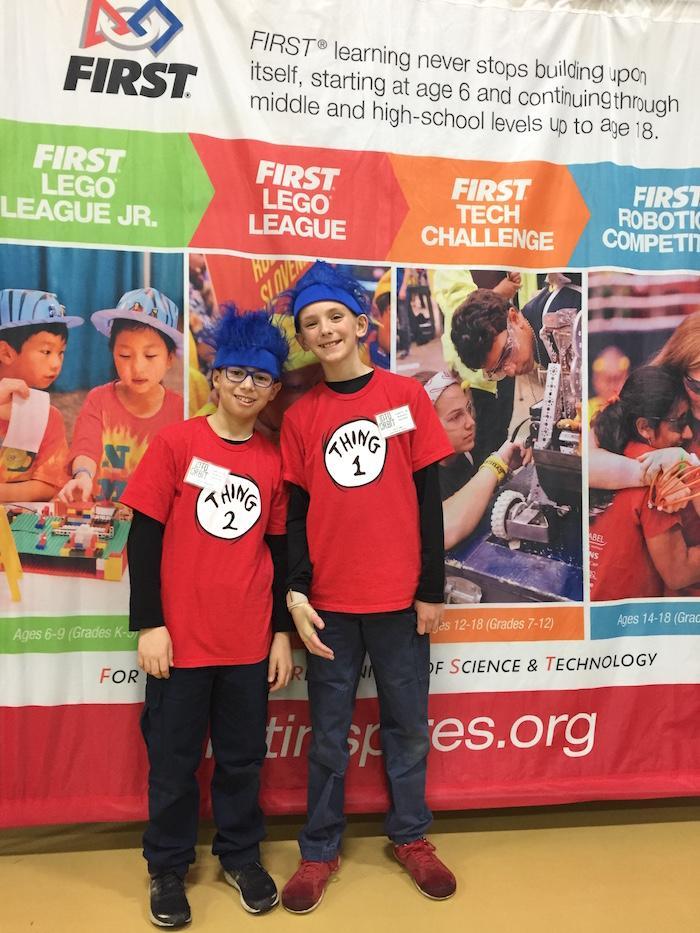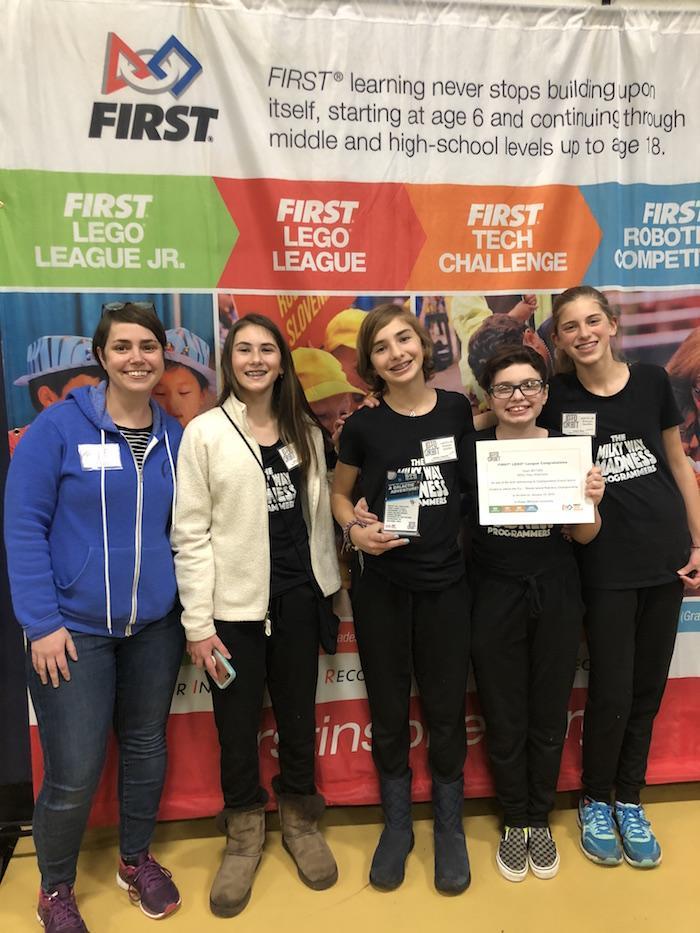January 11, 2019
Welcome Back Quest,
I do hope you all had a nice winter break! What’s new in the new year?
Well, the Middle School has kicked off 2019 with a new Humanities unit about the Renaissance!
The big project of the unit is…our very own wax museum! The project is divided into four different categories:
The first is a report on a historical figure that had a large impact on the Renaissance, like Leonardo da Vinci or Queen Elizabeth I.
The second category is the costume – each student is to dress up like the figure they chose to study.
The third category is the speech given in the first person from the perspective of the historical figure.
The fourth and final category is the backdrop, for which each student will create a backdrop that sets the stage for their wax figure to come to life.
Robotics
You’ve probably read about the Quest robotics team on this blog before, in which case you’re probably wondering how our two teams did in the qualifiers at Rocky Hill in December. The Quest 6th grade team did exceedingly well but unfortunately did not qualify to move forward. The Middle School team, the Milky Way Madness Programers, did qualify and will be going to the First Lego League state championships this weekend! The entire team is so grateful to have made it and to have also received an award for Core Values. Core values is one of the three parts of the competition where you demonstrate how your team works together, how you practiced sportsmanship and gracious professionalism, and how you balanced the different components of the competition. Wish the Milky Way Madness Programers luck at the competition and stay tuned to find out how they did.


Math

We finished an interesting project in math this week. During this project, the Middle School learned about profit and start up costs in relation to our Narrow River Naturals candle business. We calculated the cost it takes to make one candle and the cost for one dozen candles. We made a table of the expenses, the number of candles sold to break even, and the total profit. After that we made line graphs that tracked how much of a profit we could make based on the number of candles sold. In the end we saw that our business is one that should give us a profit. Learning how to determine the success of a business before you start it is quite helpful and we will use our learnings for many years to come.

